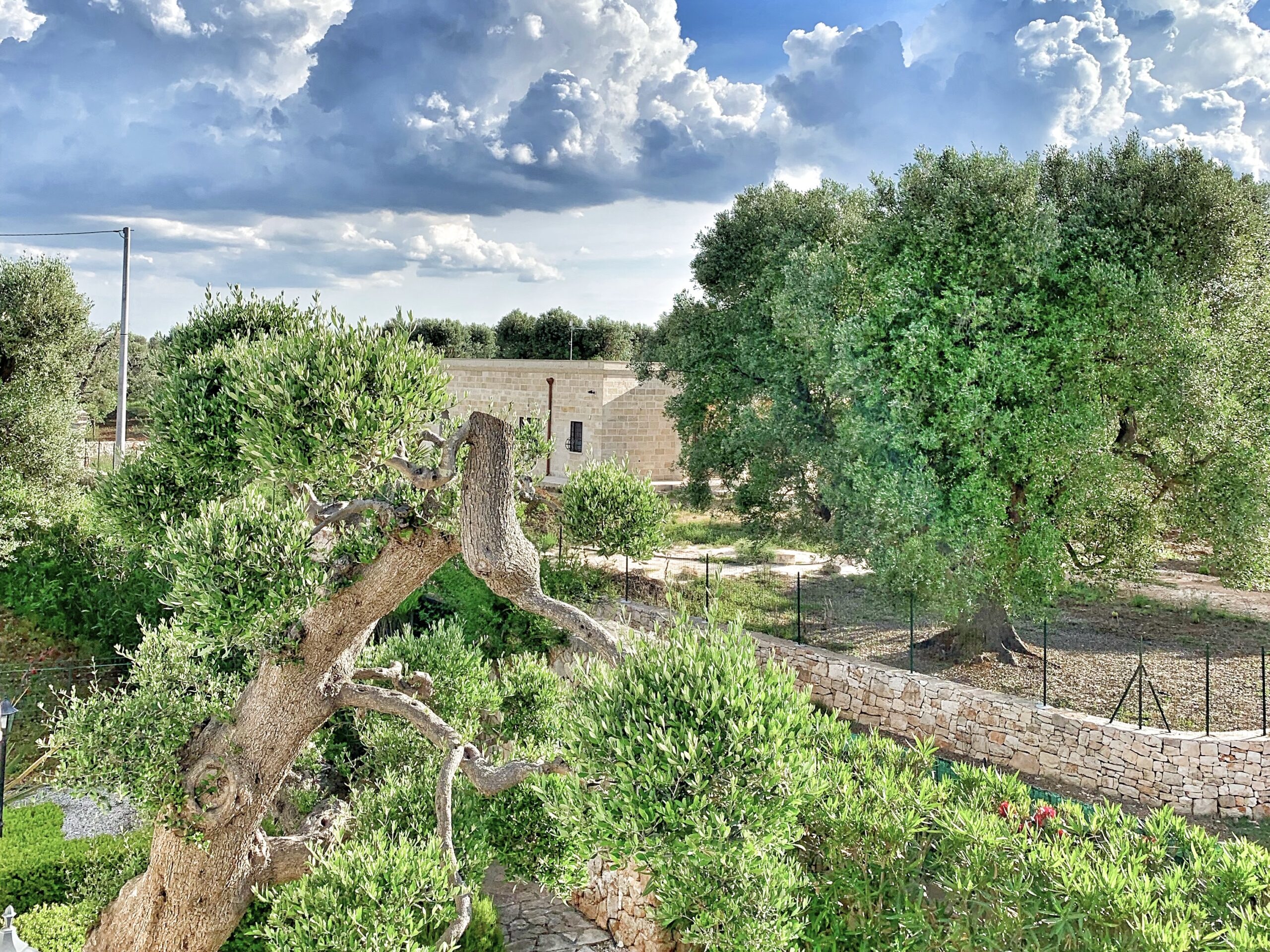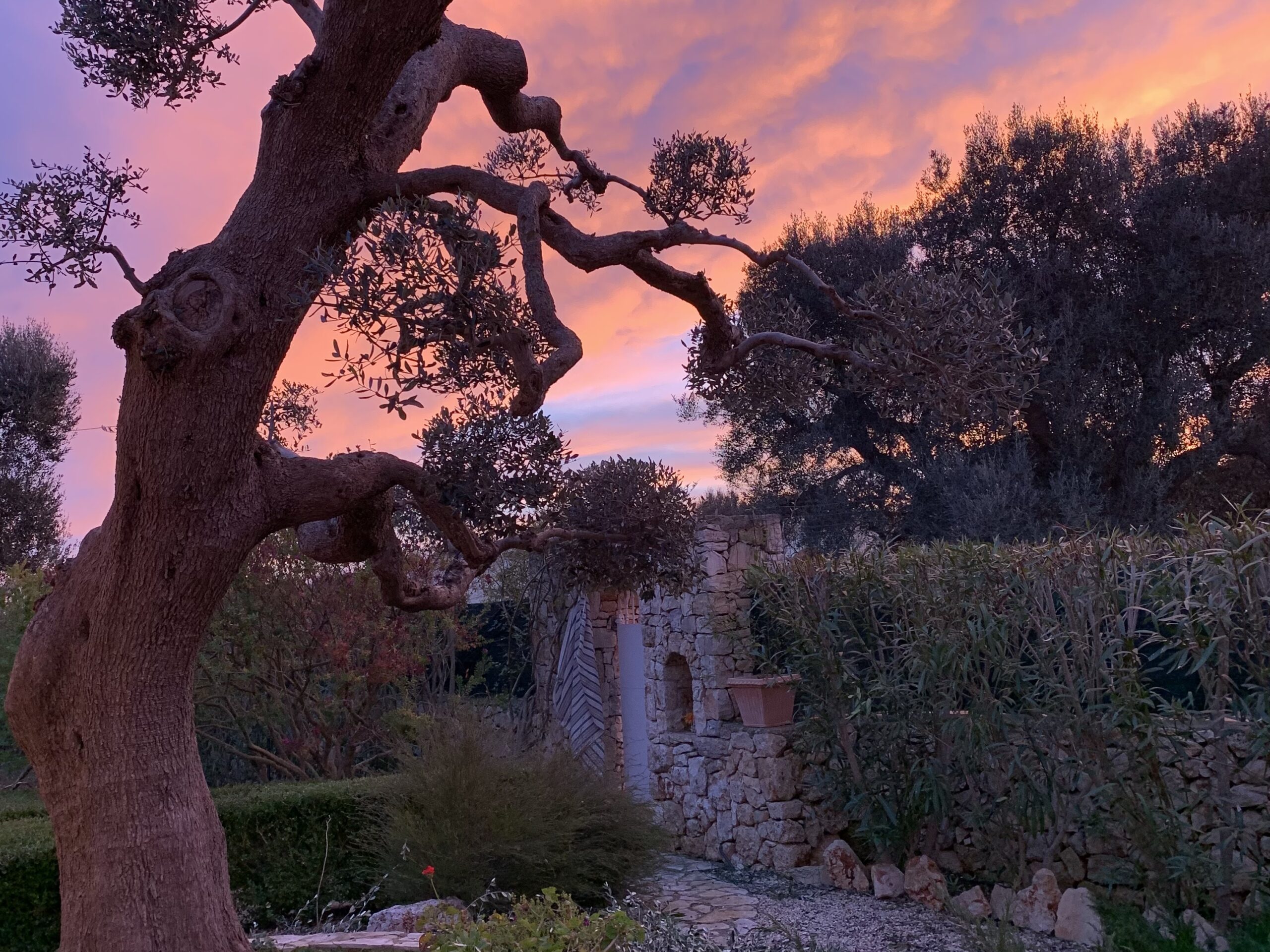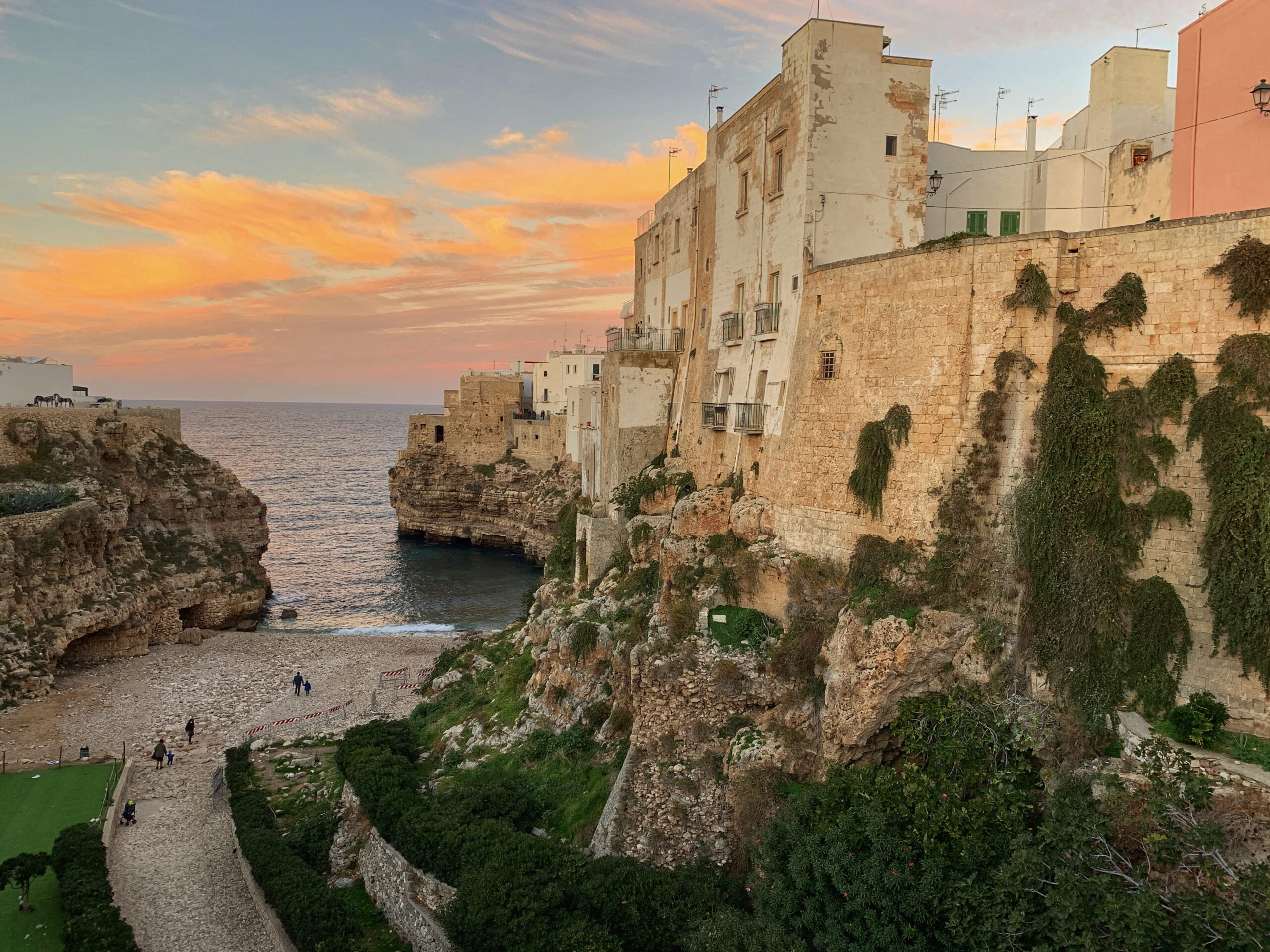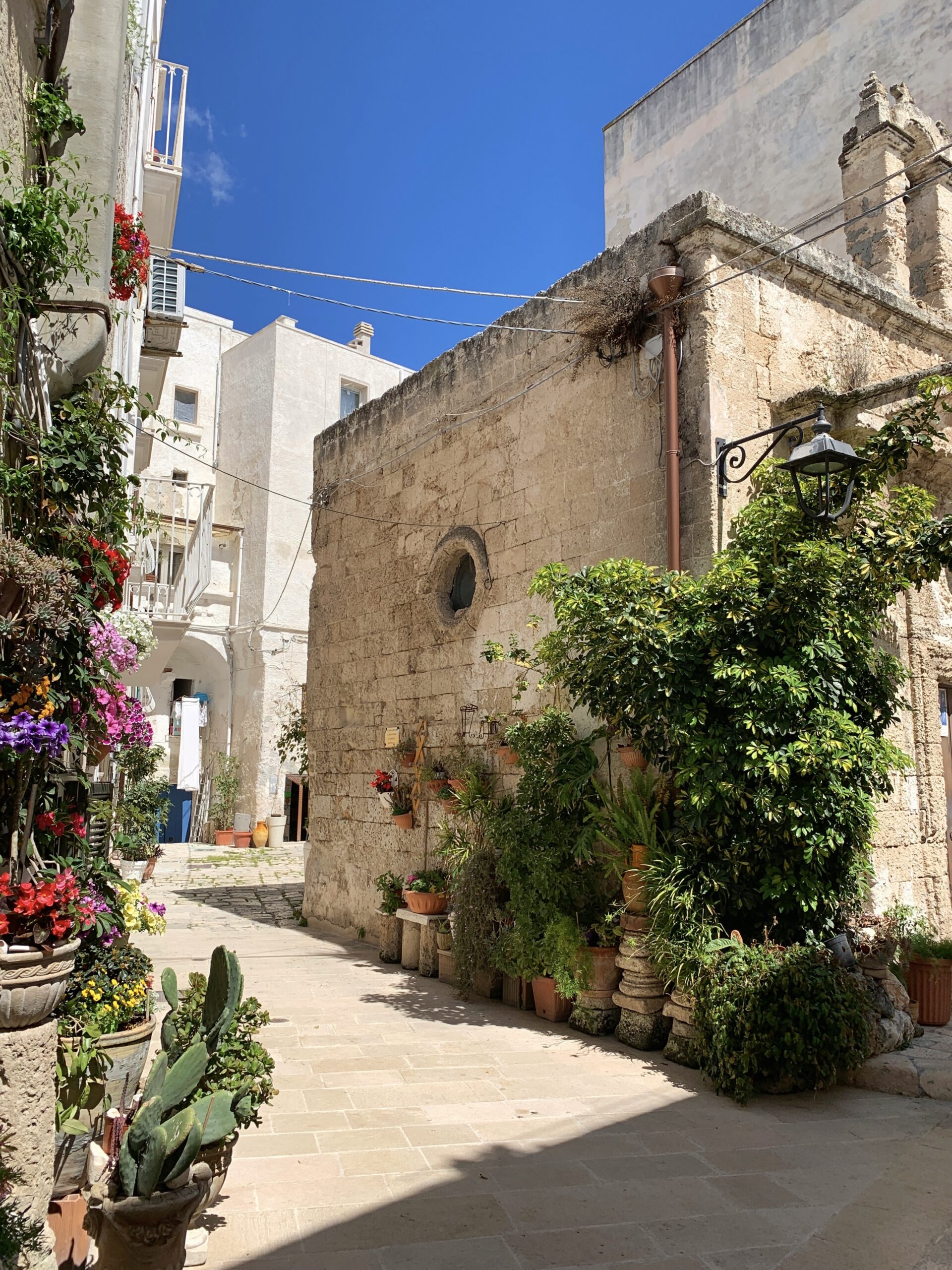“Without olive trees, Puglia is unthinkable ...”
Puglia is famous for its rolling olive groves. Our region produces about 40% of all of Italy’s olive oil, with an estimated 60 million olive trees, including some extraordinarily ancient ones.
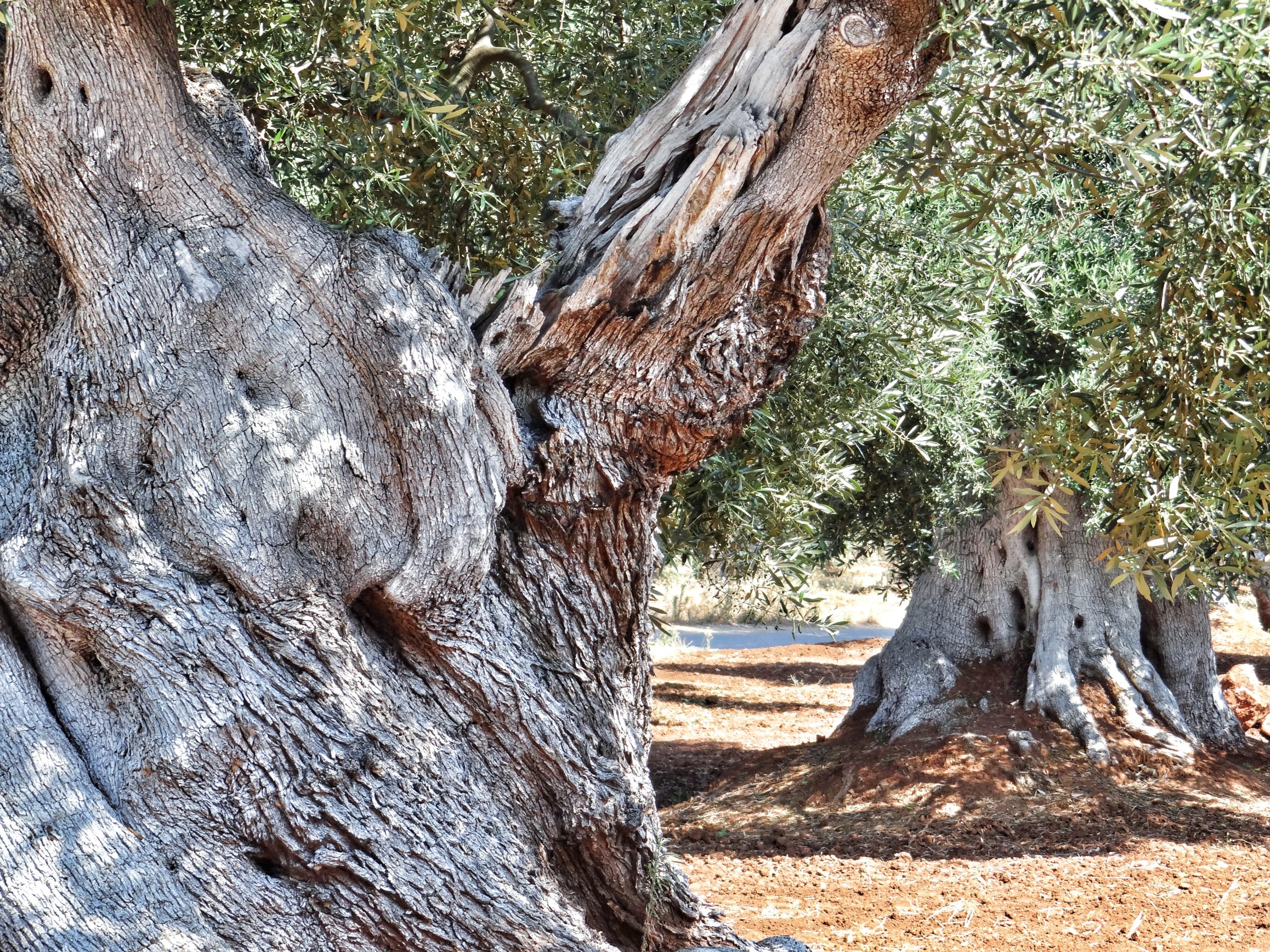
But for a 3 week period every year in or around May being surrounded by olive trees becomes a little less beautiful.
The olive tree has been recognised as one of the most important causes of seasonal respiratory allergy in the Mediterranean area, with olive pollen among the most significant hay fever causing allergens.
The frequency of sensitisation to Olive tree pollen varies in the Mediterranean region from 12% in Sicily to 37% in Greece. In Greece, more than 37% of atopic individuals are sensitised to Oleaceae. Fifteen percent of atopic patients in southern France were found to be skin prick-positive to Oleaceae. In Italy, atopic sensitisation varied from 12.2% in Sicily to 30% in Apulia
Tree pollens. Allergy - which allergen, Dr Harris Steinman, Allergy Resources International, 2008
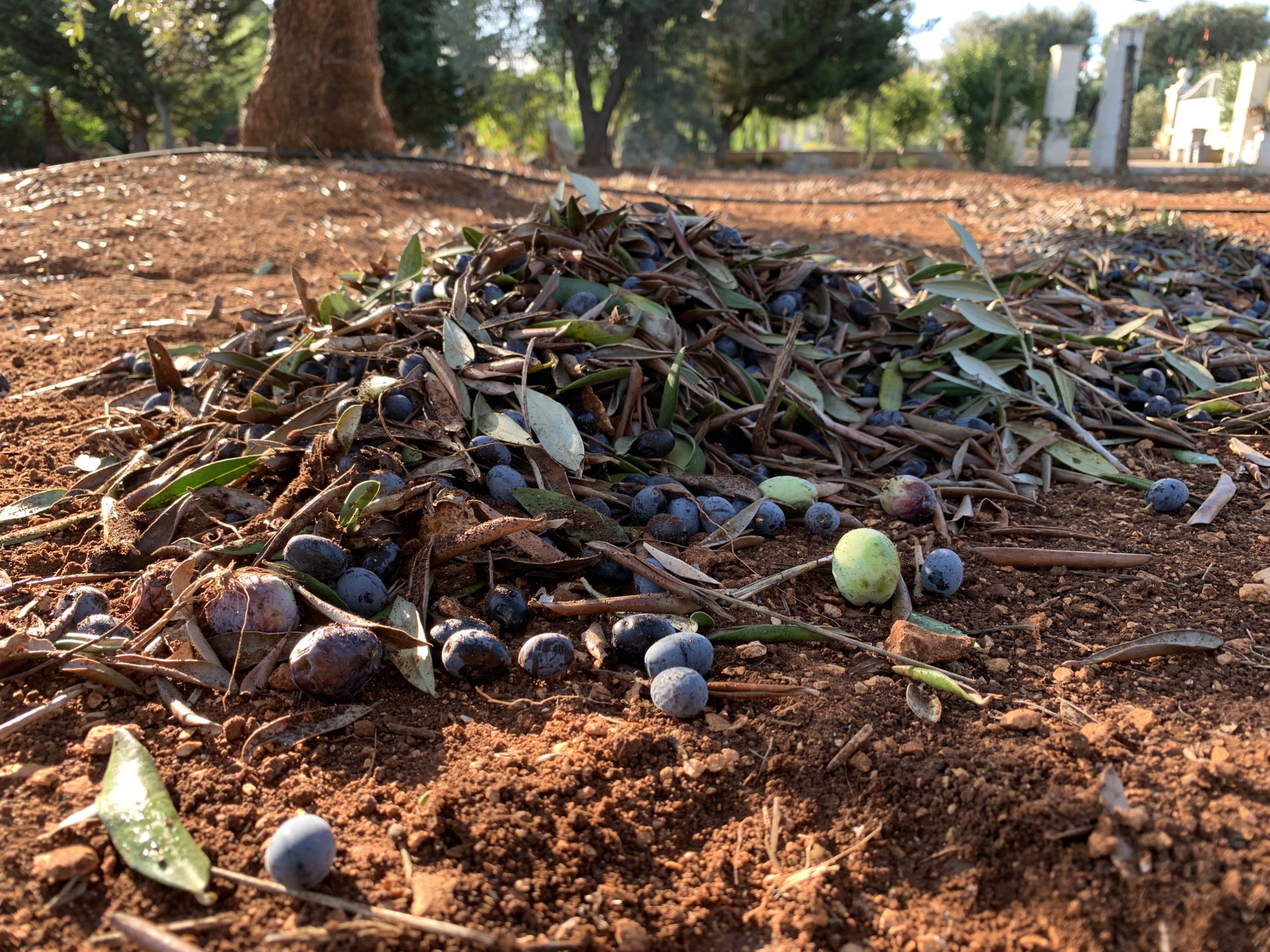
In addition to the usual sneezing, nasal congestion and itchy eyes, sufferers can develop allergic asthma and allergic conjunctivitis.
Even those who have never suffered an allergic reaction or experienced other hay fever symptoms can develop an allergy triggered by olive pollen. We speak from experiene!
